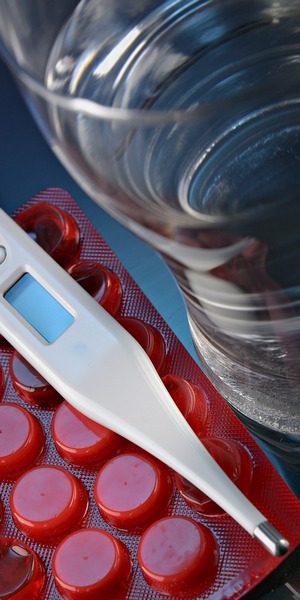How to Reduce Sodium Intake
Becoming a sodium-savvy individual is vital, especially since a substantial portion of dietary sodium hides in processed and restaurant dishes. Even unassuming culprits like bread can surprisingly contribute considerably to your daily sodium consumption due to their frequent consumption.
For effective sodium reduction, consider these distinctive guidelines:
Smart Grocery Shopping:
- Prioritize fresh, frozen, or canned vegetables sans added salt or sauce;
- Whenever possible, opt for packaged foods labeled “low sodium,” “reduced sodium,” or “no salt added”;
- Peruse Nutrition Facts labels to gauge sodium content among products, favoring those with minimal salt;
- When buying ready-made meals, target options boasting less than 600 milligrams (mg) of sodium per serving, complying with the FDA’s “healthy” standard;
- Be vigilant about sodium per serving and the number of servings in each package;
- Choose fresh poultry, fish, pork, and lean meat over processed, cured, salted, or smoked varieties. For fresh selections, inspect for saline or salt solutions;
- Inquire about low-sodium shopping lists at your local grocer;
- Seek counsel from your grocer’s registered dietitian to glean insights into selecting low-sodium products. In the absence of an in-house dietitian, consult your physician for a referral, as a registered dietitian can offer invaluable advice on managing blood pressure and reducing sodium intake.
At Home:
- Enhance your culinary repertoire with salt alternatives like garlic, citrus juice, salt-free seasonings, or spices to replace or reduce sodium in your dishes;
- Whenever feasible, prepare rice, pasta, beans, and meats from their unprocessed, dry, or fresh states;
- Elevate your fruit and vegetable consumption to optimize your diet;
- Restrict your use of sauces, mixes, and instant products, including flavored rice and pre-made pasta.
When Dining Out:
- Before placing your order, inquire about nutritional information, and select menu items lower in sodium;
- Explicitly request your meals to be prepared without added salt;
- Choose side dishes of unsalted vegetables or fruit;
- Consider sharing a meal with a friend or family member to reduce individual sodium intake;
- Reserve indulgences like takeout and fast food for occasional treats.





